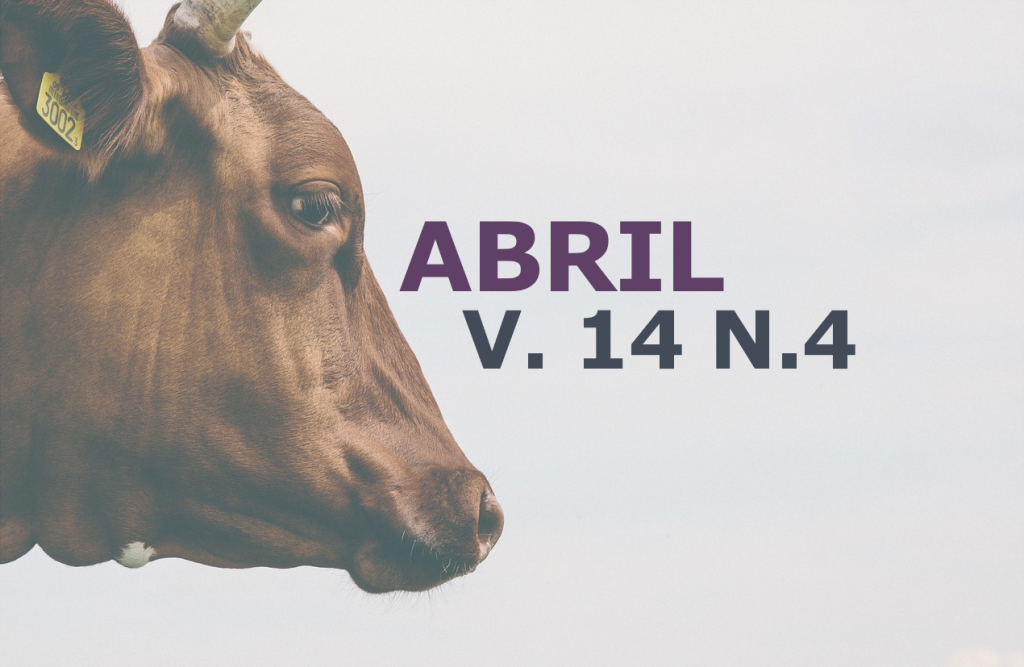Forage accumulation and morphogenetic and structural characteristics of Megathyrsus maximus cv. Tamani under defoliation intensities
DOI:
https://doi.org/10.31533/pubvet.v14n4a553.1-7Keywords:
Green dry matter, leaves, tillering, senescenceAbstract
Abstract. The effects of defoliation intensity (10, 20, 30 and 40 cm above soil level) on green dry matter (GDM) yield and morphogenetic and structural characteristics of Megathyrsus maximus cv. Tamani were evaluated under field conditions in Roraima´s savannas. The effects of defoliation intensity on the GDM yields, leaf area index and leaf elongation rates was adjusted to the quadratic regression model and maximum values recorded with cutting at 28.2; 33.3 and 21.6 cm above soil level, respectively. The population tiller density, number of leaves tiller-1 and leaf appearance rate was inversely proportional to the defoliation intensity, while the opposite occurred for to average leaf length and leaf senescence rate. Apical meristem removing percentage was higher with increasing defoliation intensity. Regrowth vigor showed close negative correlation with defoliation intensity. Pastures of M. maximus cv. Tamani managed under 25 to 30 cm residue provides higher forage productivity, larger efficiency of forage utilization, greater tissue renewal and canopy structure more favorable to grazing.
Keywords: Green dry matter, leaves, tillering, senescence
Downloads
Published
Issue
Section
License
Copyright (c) 2020 Newton de Lucena Costa, Liana Jank, João Avelar Magalhães, Antônio Neri Azevedo Rodrigues, Amaury Burlamaqui Bendahan, Vicente Gianluppi, Braz Henrique Nunes Rodrigues, Francisco José de Seixas Santos

This work is licensed under a Creative Commons Attribution 4.0 International License.
Você tem o direito de:
Compartilhar — copiar e redistribuir o material em qualquer suporte ou formato
Adaptar — remixar, transformar, e criar a partir do material para qualquer fim, mesmo que comercial.
O licenciante não pode revogar estes direitos desde que você respeite os termos da licença. De acordo com os termos seguintes:
Atribuição
— Você deve dar o crédito apropriado, prover um link para a licença e indicar se mudanças foram feitas. Você deve fazê-lo em qualquer circunstância razoável, mas de nenhuma maneira que sugira que o licenciante apoia você ou o seu uso. Sem restrições adicionais
— Você não pode aplicar termos jurídicos ou medidas de caráter tecnológico que restrinjam legalmente outros de fazerem algo que a licença permita.





